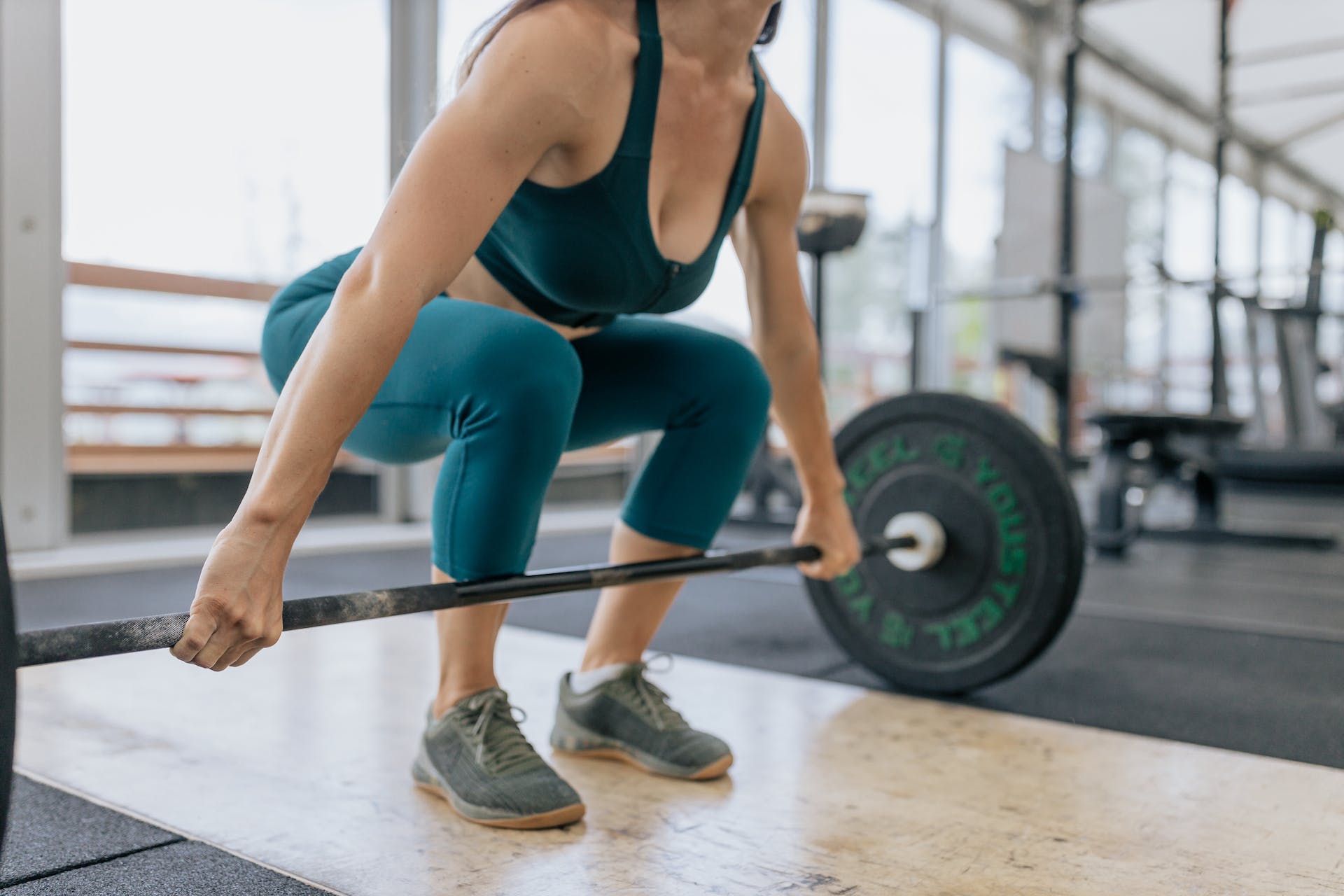
Is a 600 lbs (272 KG) Squat Possible?
The squat is a fundamental movement in strength training, and it's often used as a benchmark for overall strength. But is a 600 lbs (272 KG) squat possible? The answer is yes, it is possible, but it requires a combination of factors including genetics, training, nutrition, and mindset. In this article, we will delve into these factors and discuss how they contribute to achieving such a feat.
Genetics and Squatting
Genetics play a significant role in determining an individual's potential for strength. Some people are naturally more muscular and have a higher proportion of fast-twitch muscle fibers, which are responsible for producing explosive power. These individuals may find it easier to build strength and muscle mass, making a 600 lbs squat more attainable.
However, genetics is not the be-all and end-all. While it can set the upper limit of your potential, hard work and smart training can help you get closer to that limit. So even if you're not genetically gifted, don't despair. With the right approach, you can still make significant progress towards your squatting goals.
Training for a 600 lbs Squat
Training is arguably the most critical factor in achieving a 600 lbs squat. It requires a well-designed program that focuses on progressive overload, technique, and recovery.
Progressive Overload
Progressive overload is the principle of gradually increasing the stress placed on the body during exercise. This can be achieved by increasing the weight lifted, the volume (number of sets and reps), or the intensity of workouts. By consistently challenging your body in this way, you stimulate muscle growth and strength gains, bringing you closer to the 600 lbs squat.
However, it's important to progress at a sustainable pace. Too much too soon can lead to overtraining and injuries, which can set you back in your training. A good rule of thumb is to increase the weight by about 5% each week. This allows your body to adapt to the increased stress and reduces the risk of injury.
Technique
Proper squatting technique is crucial for lifting heavy weights safely and effectively. It involves maintaining a neutral spine, keeping the knees in line with the toes, and driving through the heels. Improper technique not only limits the amount of weight you can lift but also increases the risk of injury.
Working with a qualified coach can be beneficial in learning and refining your squatting technique. They can provide feedback and corrections, helping you to lift more weight safely and efficiently.
Recovery
Recovery is an often overlooked aspect of training, but it's essential for making progress. This includes getting adequate sleep, eating a balanced diet, and taking rest days to allow your muscles to repair and grow.
Without proper recovery, your body can't adapt to the stress of training, and your progress will stall. So make sure to prioritize recovery as much as your workouts.
Nutrition for Squatting
Nutrition is another key factor in achieving a 600 lbs squat. It provides the fuel and building blocks your body needs to perform and recover from workouts.
A high-protein diet is essential for muscle growth and repair. Aim for at least 1 gram of protein per pound of body weight each day. Carbohydrates are also important as they provide energy for your workouts. Healthy fats, on the other hand, support hormone production and overall health.
Additionally, staying hydrated is crucial for optimal performance and recovery. Water helps transport nutrients to your muscles and remove waste products, aiding in recovery.
Mindset and Squatting
Lastly, achieving a 600 lbs squat requires a strong mindset. It's a challenging goal that requires dedication, patience, and perseverance. You need to be willing to put in the work, even when it's tough, and stay motivated even when progress is slow.
Setting smaller, achievable goals along the way can help keep you motivated. Celebrating these small victories can boost your confidence and keep you focused on the bigger goal.
In conclusion, a 600 lbs squat is indeed possible, but it requires a combination of genetics, training, nutrition, and mindset. It's not an easy feat, but with the right approach and dedication, it's certainly achievable.






